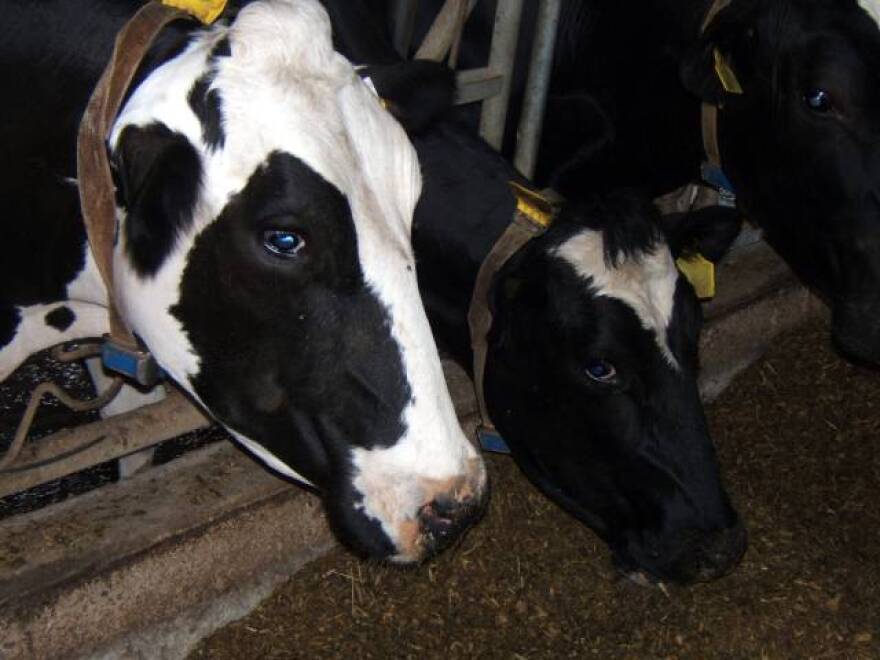Farm Credit East is a lender that provides financial resources to the agricultural industry. It recently hosted a webinar with a Cornell University dairy expert who talked about the impact of the pandemic on the dairy economics and provided an outlook for the upcoming year.
The dairy industry has faced a number of challenges in the wake of the COVID-19 pandemic including the loss of key markets in schools and restaurants.
Cornell University Professor of Applied Economics and Policy Dr. Christopher Wolf specializes in dairy markets and policy and agricultural finance. During a recent seminar he said the sector entered 2020 with good projections but the pandemic caused major changes. “The farm milk price which is highly correlated with net farm income varies widely depending on location, cooperative and processor issues. And so what we end up with dairy farm income is it seems to depend very highly on government payments which is correlated with farm size to some extent because the CFAP, which is Coronavirus Food Assistance Payments, were based on the milk being sold. Really seeing a wide range in how the farms did for 2020. There’s going to be some haves and some have nots.”
Wolf says many factors will determine how successful the dairy industry will be in 2021. “Right now we’re looking at feed costs at a multi-year high. We’re going to be watching how long does COVID last. And does the Biden Administration want to keep using the Food Box Program which is heavily skewed towards dairy. Or do they want to move more back towards increasing SNAP expenditures which will also increase dairy consumption but it won’t be so focused on dairy. On the bearish side we’ve got a lot of butter. European Union and New Zealand have significantly lower prices than we do. Our powders are still competitive but our cheese and butter is not, well our cheese in particular, is not competitive. Anything that lowers the cheese prices here is obviously going to lower overall milk prices because cheese prices drive it.”
New York Farm Bureau President David Fisher says milk prices to the dairy farmer ebb and flow and are difficult to predict, particularly during the pandemic. “It can change in a heartbeat. It was not bad when the last round of food boxes were announced. Prices went up but they’ve come back down. So it’s really hard to predict what market demands are going to be there and what ebbs and flows. But restaurants being a lot of them shutdown across the country has a significant impact on products that are being used. And I think nationally dairy consumption or at least cheese maybe was down two to three percent last year. So that’s product that’s got to move and it pushes the market down.”







